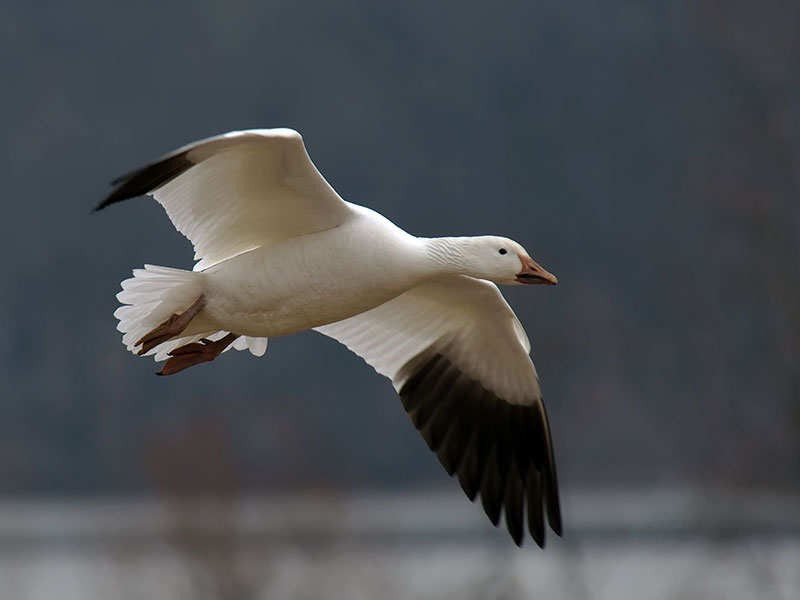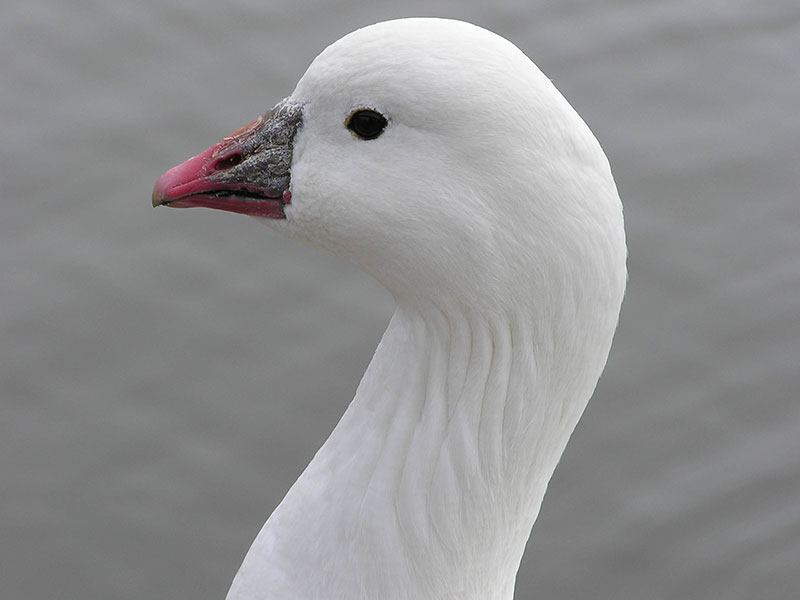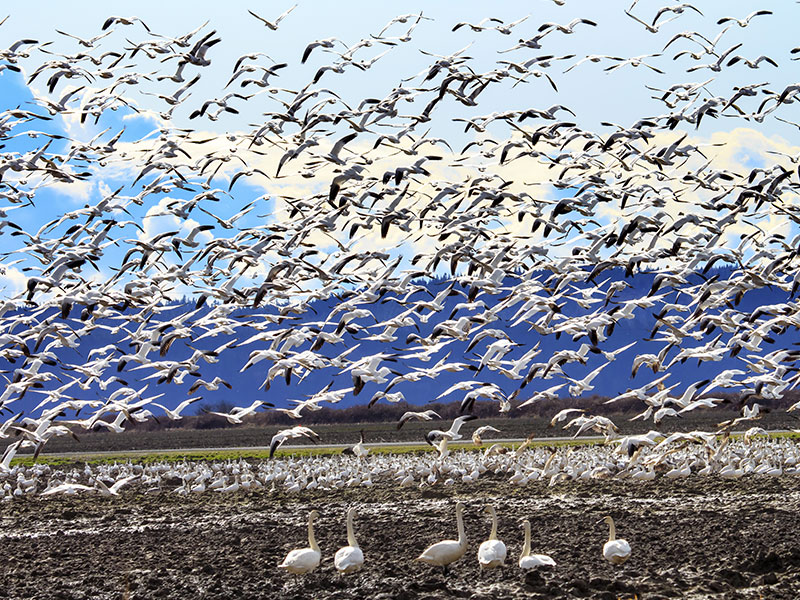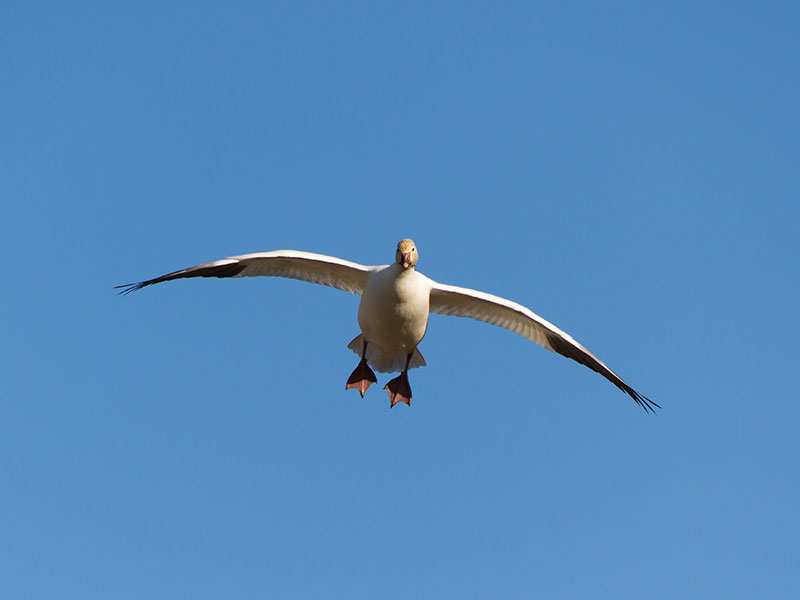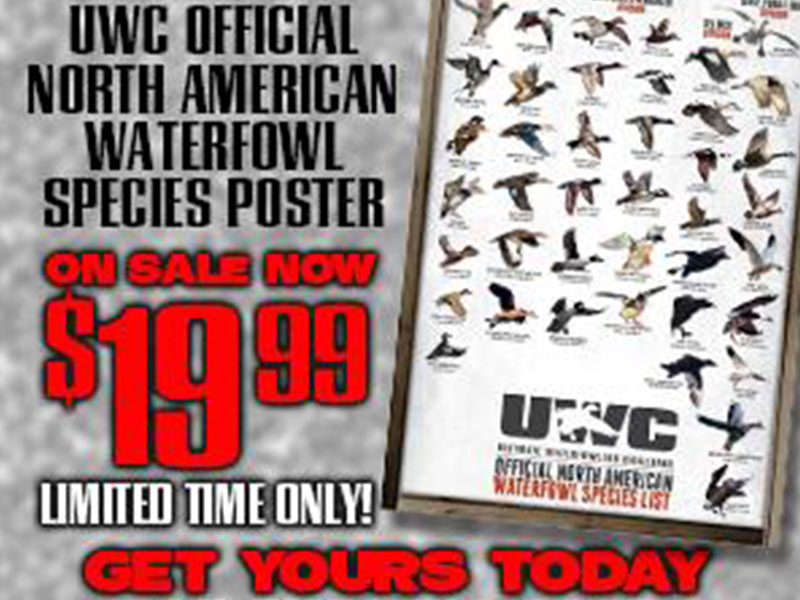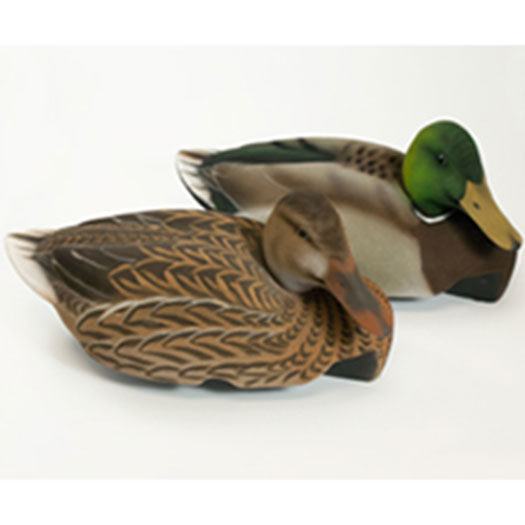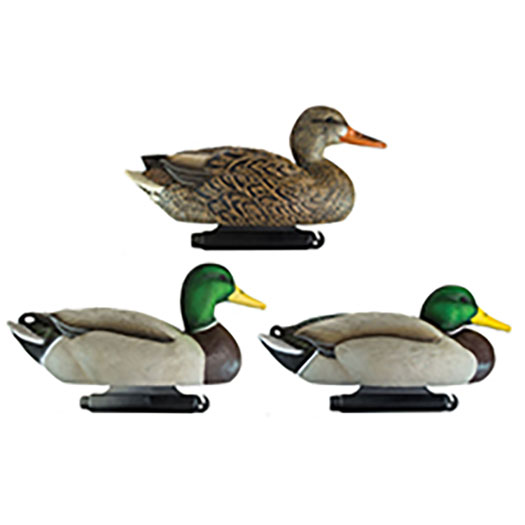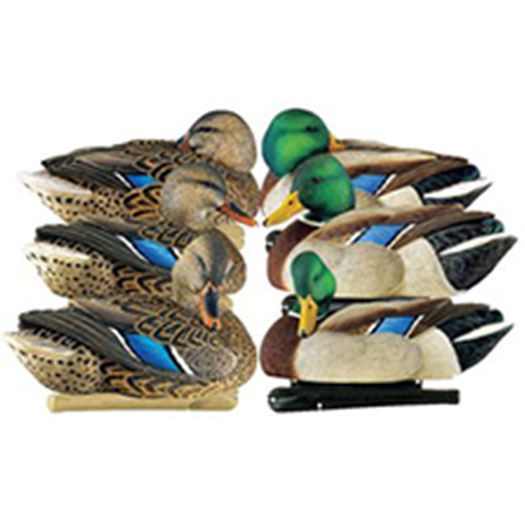Ross Goose Hunting
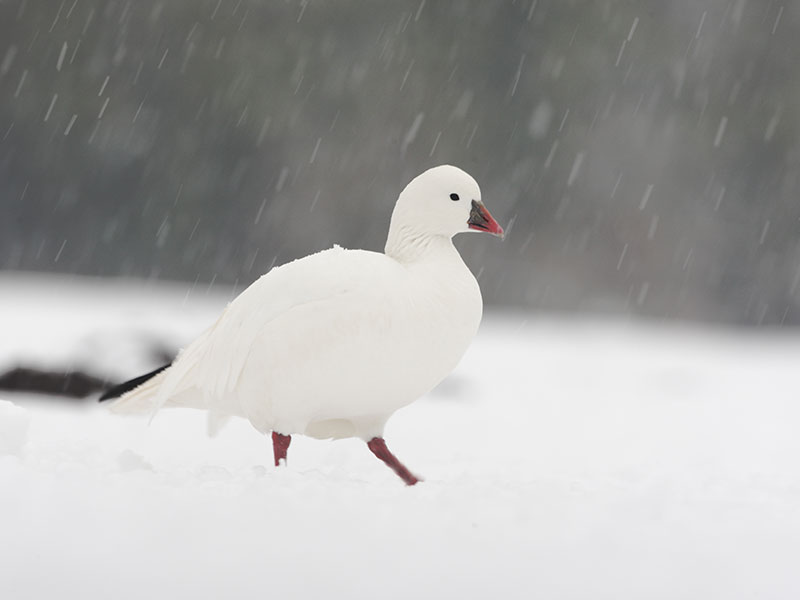
ROSS’S GOOSE
Chen Rossii
Lifespan: 10-22 Years (Adult)
Higher Classification: Anserinae
Wingspan: 44.9 in (Adult)
Length: 22.4-25.2 in (Adult)
Avg Weight: M 4 lbs, F 3.6 lbs
RELATED NAMES
- Snow Goose
- Wavie
LOOKING TO BOOK A WORLD CLASS ROSS’S GOOSE HUNTING ADVENTURE?
DESTINATION #5:
NEBRASKA SPRING SNOWS
Location: SOUTHEASTERN, NEBRASKA
Hunt Package: Click here for pricing
Featured Waterfowl Species: SNOWS, BLUES, ROSS’S GEESE OVER WATER
NO DAILY OR POSSESSION LIMITS
HUNTING TIPS & TACTICS
Hunting Ross Geese is very similar to hunting Snow Geese in that they seem to decoy very well into large spreads of standard Snow Goose decoys. In the air it is very hard to tell the difference between a Ross Goose and a Snow Goose.
However when the birds do decoy in, they normally keep to themselves and when a flock of Ross Geese commits to a spread, they tend to decoy in much closer while in smaller flocks than what a typical Snow Geese will.
In fact many times when a large concentration of Snow Geese are circling high above a decoy spread it’s not uncommon for a smaller flock of Ross Geese to appear “out of no-where” and be the first flock to decoy into the spread, well within gunning range.
The Ross goose is not only a smaller bird in size compared to the Snow Goose but also in overall population. Even though the Snow Goose population has exploded over the past decade, the Ross Goose population, a completely separate sub species, has not seen the massive population boom as its big brother.
The best tactic to use when targeting Ross Geese is to scout harder when watching the large flocks of feeding Light Geese on the ground. Although it’s more of a challenge to identify the smaller Ross Geese in the air, it is possible to identify the smaller birds on the ground versus their larger counterparts- the Snow Goose.
There also is two color phases to the Ross Goose- the all-white and most prevalent Ross Goose and the much scarcer version and thus much more coveted Blue Phased Ross Goose. Once thought to be the same species, there is currently research being conducted to separate the two color phases into separate sub species- only time will tell.
UWC OFFICIAL NORTH AMERICAN WATERFOWL SPECIES POSTER
$17.99
The UWC has put together a beautiful 19″ x 27″ Official North American Waterfowl Species laminated poster that showcases all 41 of the different waterfowl species that inhabit the lands and waters of North America!
Each waterfowl species listed in The UWC Waterfowl Species Poster comes with the common and scientific name for proper waterfowl identification.
RECOMMENDED DECOYS
UWC OFFICIAL SPECIES LIST

ROSS’S GOOSE
Chen Rossii
Lifespan: 10-22 Years (Adult)
Higher Classification: Anserinae
Wingspan: 44.9 in (Adult)
Length: 22.4-25.2 in (Adult)
Avg Weight: M 4 lbs, F 3.6 lbs
RELATED NAMES
- Snow Goose
- Wavie
LOOKING TO BOOK A WORLD CLASS ROSS’S GOOSE HUNTING ADVENTURE?
DESTINATION #5:
NEBRASKA SPRING SNOWS
Location: SOUTHEASTERN, NEBRASKA
Hunt Package: Click here for pricing
Featured Waterfowl Species: SNOWS, BLUES, ROSS’S GEESE OVER WATER
NO DAILY OR POSSESSION LIMITS
HUNTING TIPS & TACTICS
Hunting Ross Geese is very similar to hunting Snow Geese in that they seem to decoy very well into large spreads of standard Snow Goose decoys. In the air it is very hard to tell the difference between a Ross Goose and a Snow Goose.
However when the birds do decoy in, they normally keep to themselves and when a flock of Ross Geese commits to a spread, they tend to decoy in much closer while in smaller flocks than what a typical Snow Geese will.
In fact many times when a large concentration of Snow Geese are circling high above a decoy spread it’s not uncommon for a smaller flock of Ross Geese to appear “out of no-where” and be the first flock to decoy into the spread, well within gunning range.
The Ross goose is not only a smaller bird in size compared to the Snow Goose but also in overall population. Even though the Snow Goose population has exploded over the past decade, the Ross Goose population, a completely separate sub species, has not seen the massive population boom as its big brother.
The best tactic to use when targeting Ross Geese is to scout harder when watching the large flocks of feeding Light Geese on the ground. Although it’s more of a challenge to identify the smaller Ross Geese in the air, it is possible to identify the smaller birds on the ground versus their larger counterparts- the Snow Goose.
There also is two color phases to the Ross Goose- the all-white and most prevalent Ross Goose and the much scarcer version and thus much more coveted Blue Phased Ross Goose. Once thought to be the same species, there is currently research being conducted to separate the two color phases into separate sub species- only time will tell.
UWC OFFICIAL NORTH AMERICAN WATERFOWL SPECIES POSTER
$17.99
The UWC has put together a beautiful 19″ x 27″ Official North American Waterfowl Species laminated poster that showcases all 41 of the different waterfowl species that inhabit the lands and waters of North America!
Each waterfowl species listed in The UWC Waterfowl Species Poster comes with the common and scientific name for proper waterfowl identification.

